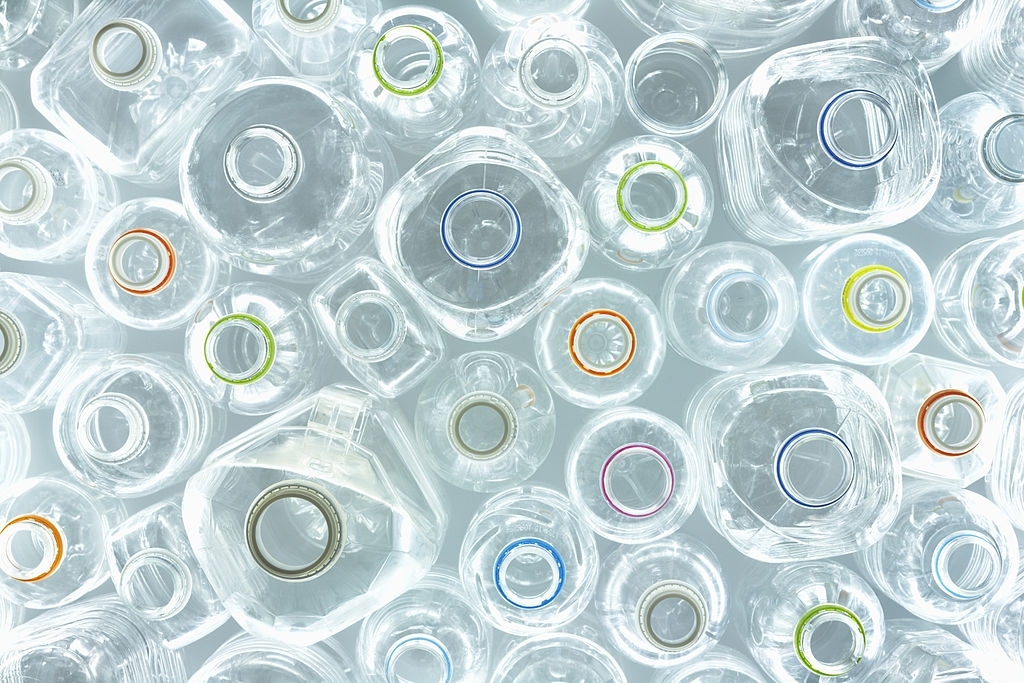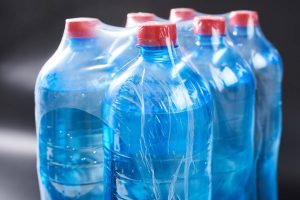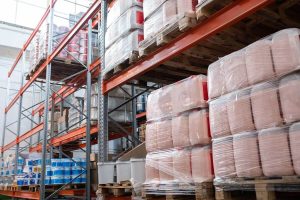
Virtually everything around us is made entirely or partly with plastics. From pegs to cars, refrigerators to air conditioners, light switches to laptops, waste bins to nylons, and everything in between are from plastics.
In fact, the world is surrounded by first air and then plastic. Plastics are employed mainly because they’re lightweight and durable. However, all plastics are not the same.
This large family is classified into various types based on the composition of the plastic material used.
In this article, we highlight the various types of plastics and their benefits and applications.
1. Biodegradable Plastics
These are plastics that are designed to break up or degrade when exposed to the activities of microorganisms under specified conditions to form water, biomass, and CO2 (or methane).
Since they are broken down under the influence of natural activities, biodegradable plastics cannot be recycled. Examples of biodegradable plastics include polylactic acid (PLA), cellulose-based plastics, polycaprolactone (PCL), starch blends, etc.
As these plastics do not break down as quickly and completely, consumers are given guidelines by the manufacturers on how to dispose of them.
Uses
Biodegradable plastics are used for disposable items, such as packaging, cutlery, food service containers, and crockery.
2. Polyolefin
Polyolefin is a type of polymer that belongs to the family of polypropylene and polyethylene thermoplastics.
They are macromolecules produced mainly from oil and natural gas using a process of polymerization of ethylene and propylene, respectively.
Polyolefins are one of the most popular plastics used today because they are heat resistant, durable, and possess the ability to withstand most forms of chemical corrosion. They are also non-toxic in nature, making them environmentally friendly.
Uses
Polyolefins are used for toys, rash guards, and shrink tubing in electronics.
3. Engineering Plastics
Engineering plastics constitute a group of plastics that offer better chemical resistance, mechanical properties, wear characteristics, and dimensional stability than standard plastics. They are designed mainly for tough engineering applications.
Uses
Engineering plastics are used for the fabrication of existing materials and the development of new materials in engineering.
4. Epoxy Resins
Epoxy resins are typically formed by a mixture of compounds containing at least one of the epoxide or oxirane groups. They are used to form a wide range of materials thanks to their unique properties.
For instance, epoxy resins can transform from a low viscosity liquid to a high melting point solid.
Uses
Commonly, epoxy resins are used as a protective coating on home and office furniture, bicycles, etc. They are also used to protect the content and preserve the flavour in soft drinks.
Epoxy resins have been long used as special paints to protect wind turbines, the surfaces of ships, and oil rigs from harsh weather.
5. Polystyrene
Polystyrene is a synthetic aromatic polymer made from monomer (also known as styrene), which is a liquid petrochemical. It is a brilliantly transparent thermoplastic polymer that is available in solid form or as rigid foam.
This type of plastic is hard, stiff, and naturally transparent.
Uses
Polystyrene is used in food packaging, toys, laboratory ware, gardening pots, and in applications that require clarity.
6. Polyvinyl chloride (PVC)
Polyvinyl chloride is one of the oldest forms of plastics. It is made up of 57% salt and 43% oil or gas. PVC is the world’s third-most produced synthetic plastic polymer because of its ability to blend with other materials. It comes in both rigid and flexible forms.
Uses
The rigid form of PVC is widely used for making doors, windows, non-food packaging, construction materials, bottles, etc.
The softer and more flexible form of PVC can be used for making medical tubing, electrical cable insulation, plumbing products, clothing, and other related products when mixed with plasticizers such as phthalates.
7. Expanded Polystyrene (EPS)
EPS is a lightweight cellular plastic that is produced from solid beads of polystyrene that are expanded through a moulding process. It is widely used for making example foam boards thanks to its performance, versatility, and cost-effectiveness.
Uses
EPS is widely used in many daily applications, such as bicycle helmets, fish boxes, and insulation material.
8. Bio-Based Plastics
Bio-based plastics are made from renewable biological sources, such as corn starch, sawdust, vegetable fats and oils, recycled food waste, woodchips, sugar cane, etc.
Uses
When corn starch is processed, it produces lactic acid and subsequently PLA (polylactic acid). In addition, when sugar cane is processed, it produces ethylene and subsequently PLE (polyethene).
9. Thermoplastics
Thermoplastics are plastic polymer materials that can be melted and remoulded almost indefinitely at a certain elevated temperature. When heated, they are molten.
When frozen, they become glass-like and tend to fracture. When cool, they are hardened. These unique characteristics make them ideal for a variety of applications where the material can be reshaped, frozen, and reheated repeatedly.
The most common types of thermoplastic are polypropylene, polycarbonate, polyethylene, polystyrene, polyethylenetheraphthalate, and polyvinylchloride.
Uses
They are used when heat resistance is needed, for example, laptop chargers, kettles, plugs, etc. They are also used for machine parts, stretch film, stretch wrap, PVC film, and medical equipment.
10. Fluoropolymers
Fluoropolymers are fluorocarbon-based polymers renowned for their high resistance to acid, bases, and solvents. The most common member of Fluoropolymers is polytetrafluoroethylene (PTFE).
Uses
Thanks to its non-stick property, a fluoropolymer is used as a soil or stain repellent for fabrics and textile products. In the home, they are used as a coating on cookware.
In the industries, fluoropolymers also play a crucial role in the electronics, aerospace, automotive, food, medical, and architectural industries.
11. Polyurethane (PUR)
Polyurethane is a polymer that exists in various forms. They are resilient, rigid, flexible, and durable in nature.
Uses
Polyurethanes are used in the production of rigid foam insulation panels, spray foam, high-resilience foam setting, durable elastomeric wheels and tyres, automotive suspension bushings, as well as microcellular foam seals and gaskets.
In a Nutshell
So here you go, the eleven types of plastics and their usage. For more information, please feel free to get in touch with Thong Guan, one of the largest manufacturers of plastic packaging products in Malaysia.






No comment yet, add your voice below!